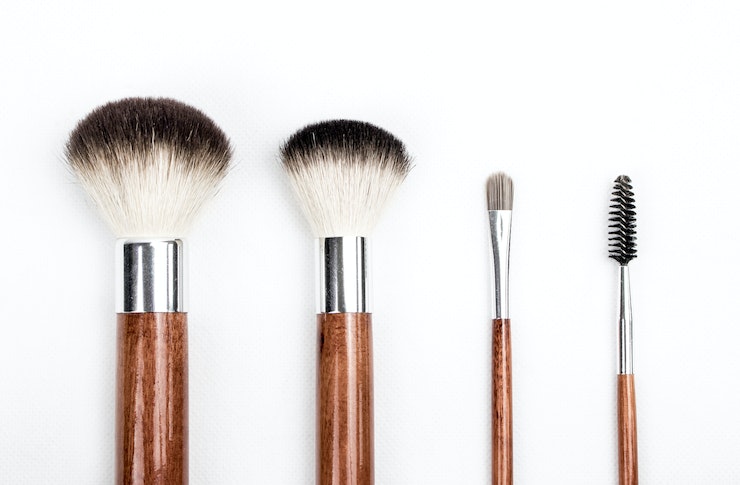The Art of Contouring: Sculpting Facial Features
Contouring has become a cornerstone technique in modern makeup artistry, transforming the way we approach facial enhancement. This method of strategic shading and highlighting has roots that stretch back centuries, but its recent surge in popularity has revolutionized beauty routines worldwide. From red carpets to everyday looks, contouring has proven its versatility and staying power. As makeup enthusiasts and professionals alike continue to refine their skills, the art of contouring evolves, offering new ways to sculpt and define facial features with precision and subtlety.

The Science Behind the Technique
Contouring relies on the principles of light and shadow to create the illusion of depth and dimension. By strategically applying darker shades to recessed areas and highlighting prominent features, makeup artists can effectively reshape the face. This technique plays with the brain’s perception of three-dimensional objects, tricking the eye into seeing more defined cheekbones, a slimmer nose, or a more chiseled jawline. Understanding facial anatomy and how light interacts with different planes of the face is crucial for mastering this art.
Tools and Products for Contouring
The market for contouring products has exploded in recent years, offering a wide array of options for every skill level and skin type. Cream contour sticks provide precise application and blend seamlessly into the skin, while powder formulas offer a more subtle finish and are ideal for oily skin types. Highlighting products range from pearlescent creams to finely milled powders, each imparting a unique glow. Specialized brushes and beauty sponges have also been developed to aid in the application and blending process, making professional-level contouring more accessible to the average consumer.
Techniques for Different Face Shapes
Effective contouring requires a tailored approach based on individual facial structures. For round faces, emphasis is placed on creating the illusion of length by contouring along the temples and jawline. Square faces benefit from softening the angles by blending contour along the corners of the forehead and jaw. Oval faces, often considered the most versatile, can be enhanced by subtle contouring to emphasize existing bone structure. Heart-shaped faces can balance wider foreheads by contouring the temples and highlighting the chin. Understanding these nuances allows for a more personalized and flattering application.
The Impact of Contouring on Beauty Standards
The widespread adoption of contouring has significantly influenced beauty ideals and self-perception. While it offers the power to enhance natural features, it has also contributed to a sometimes unrealistic standard of facial perfection. Social media platforms have amplified this effect, with heavily contoured looks garnering millions of likes and shares. This has sparked ongoing debates about authenticity in beauty and the pressure to present a flawlessly sculpted face. Some argue that contouring promotes creativity and self-expression, while others worry about its potential to fuel insecurity and unrealistic expectations.
Contouring in Professional Makeup Artistry
In the world of professional makeup, contouring has become an indispensable skill. Celebrity makeup artists use advanced techniques to create camera-ready looks that withstand high-definition scrutiny. These methods often involve layering different products and textures to achieve a seamless, three-dimensional effect. Professional contouring also extends beyond the face, with body contouring becoming increasingly popular for red carpet events and photo shoots. The ability to masterfully contour is now a key differentiator in the competitive field of professional makeup artistry.
The Future of Contouring
As beauty technology advances, the future of contouring looks to be both high-tech and personalized. Augmented reality apps already allow users to virtually try on different contouring styles, and this technology is likely to become more sophisticated. There’s also a growing trend towards more natural, “skinimalist” approaches, which may lead to the development of ultra-sheer contouring products that enhance features while maintaining a bare-skin appearance. Additionally, the increasing focus on inclusivity in the beauty industry is driving the creation of contouring products and techniques tailored to a wider range of skin tones and facial features, ensuring that this art form continues to evolve and adapt to diverse beauty needs.




